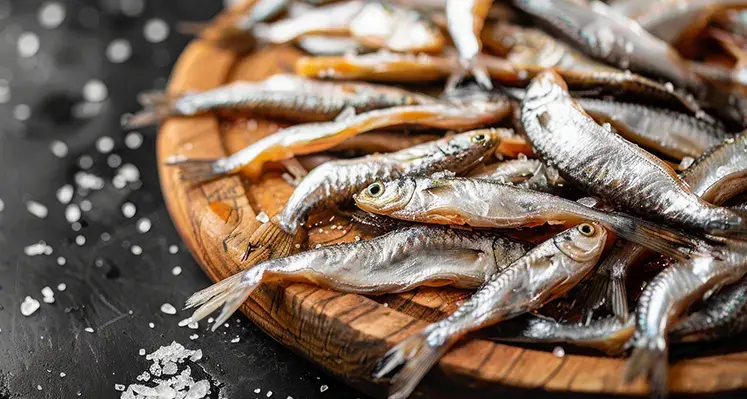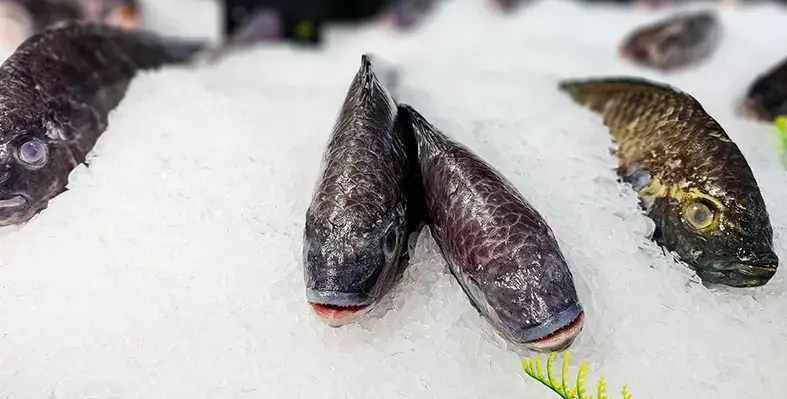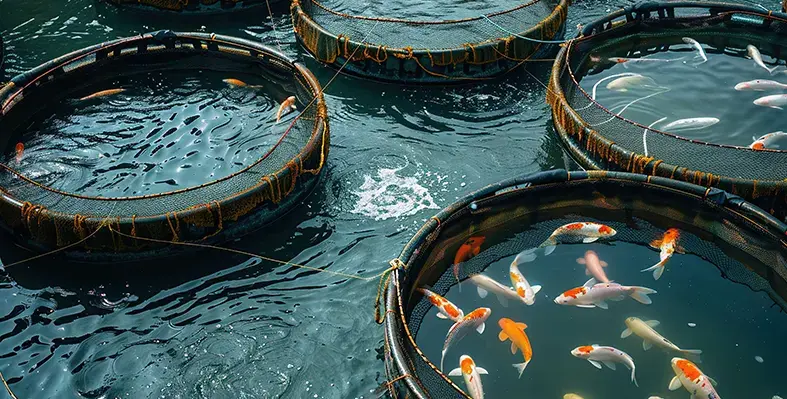A major African Development Bank Group–funded programme is transforming fisheries management and boosting regional trade, improving the lives of nearly three million people across Southern Africa.
The Program for Improving Fisheries Governance and Blue Economy Trade Corridors (PROFISHBLUE) has revitalised aquatic resource management and expanded cross-border fish commerce, with trade volumes now exceeding 500,000 tonnes over the past four years. This progress is driving job creation, strengthening food security, and enhancing climate resilience across 16 Southern African Development Community (SADC) nations.
Backed by a $9.2 million ADF 15 grant, the initiative has delivered training, equipment, and technical support to more than 250,000 beneficiaries across seven African Development Fund countries: the Democratic Republic of Congo, Madagascar, Malawi, Mozambique, Tanzania, Zambia, and Zimbabwe. Capacity-building programmes have covered a wide range of areas, including fish value chain development, post-harvest utilisation, SME growth, genetic improvement of indigenous tilapia species, policy harmonisation, and nutrition-focused fish product development. Support has also extended to fish stock assessments in shared water bodies, vessel monitoring systems, and improved collection of catch statistics.
During World Fisheries Day on 21 November, SADC, the African Development Bank Group, and partner organisations gathered in Gaborone to highlight the programme’s achievements since its 2022 launch. The celebration showcased tangible improvements in regional fish value chains and stronger consumer markets linked to enhanced governance and blue economy investment.
Domingos Gove,Director speaking for SADC Deputy Secretary for Regional Integration Angele Makombo Ntumba, said: "We are indebted to the African Development Bank Group for providing funding to implement this project within the Blue Economy space. This support has demonstrated our capacity to improve aquatic food systems for the benefit of over 380 million people in the region."
Neeraj Vij,The African Development Bank’s Regional Sector Manager for Feed Africa Operations for Southern Africa,added: "The PROFISHBLUE project has shown best practices in regional integration of blue economy trade corridors and cross-border fish trade… This project demonstrates how strategic investment in fisheries governance can create competitive value chains that provide jobs and livelihoods while eradicating extreme poverty, especially in rural areas."
Key partners including FAO, UNIDO, WWF, WorldFish and ARSO have contributed crucial expertise. Regional leaders praised the programme’s role in providing a platform for shared learning, with testimonials from women in fisheries underscoring its inclusivity. One participant from Tanzania reflected: "We embarked on an investment journey that few smallholder entrepreneurs would consider piloting technology in seaweed farming. We appreciate the opportunity..."












